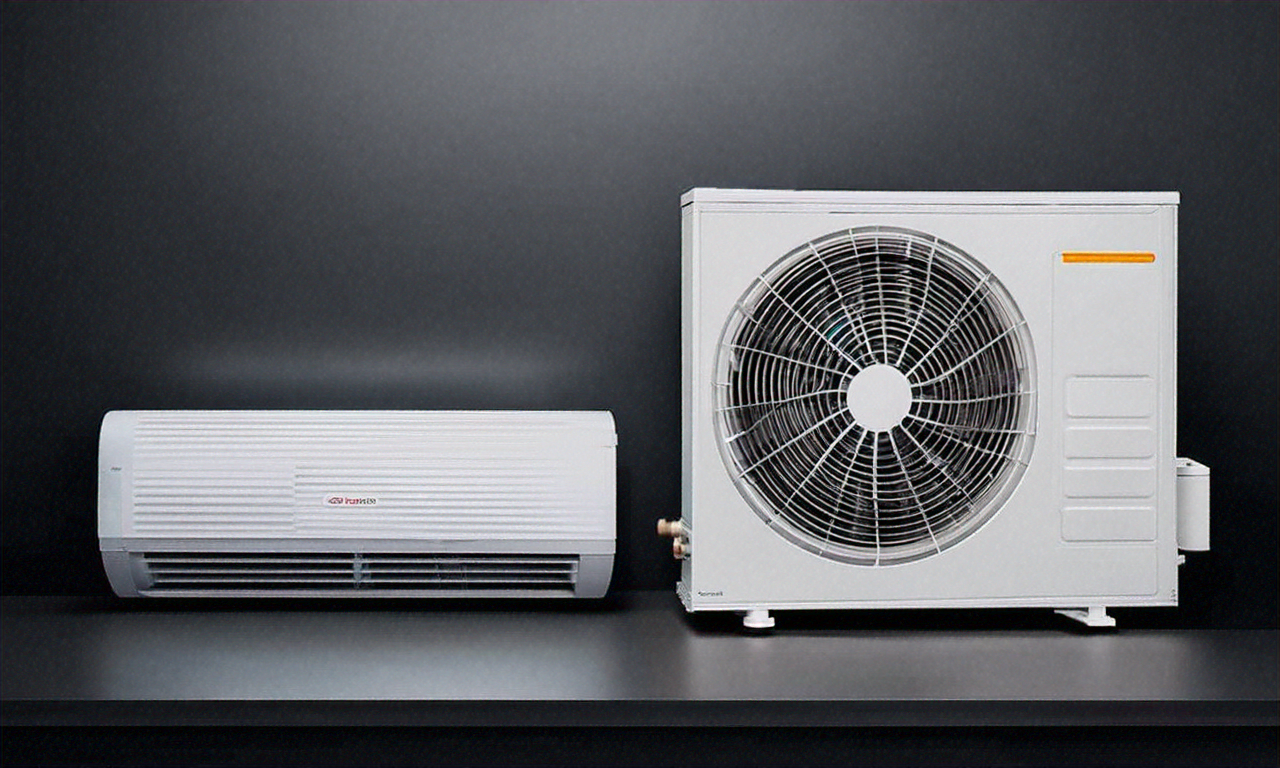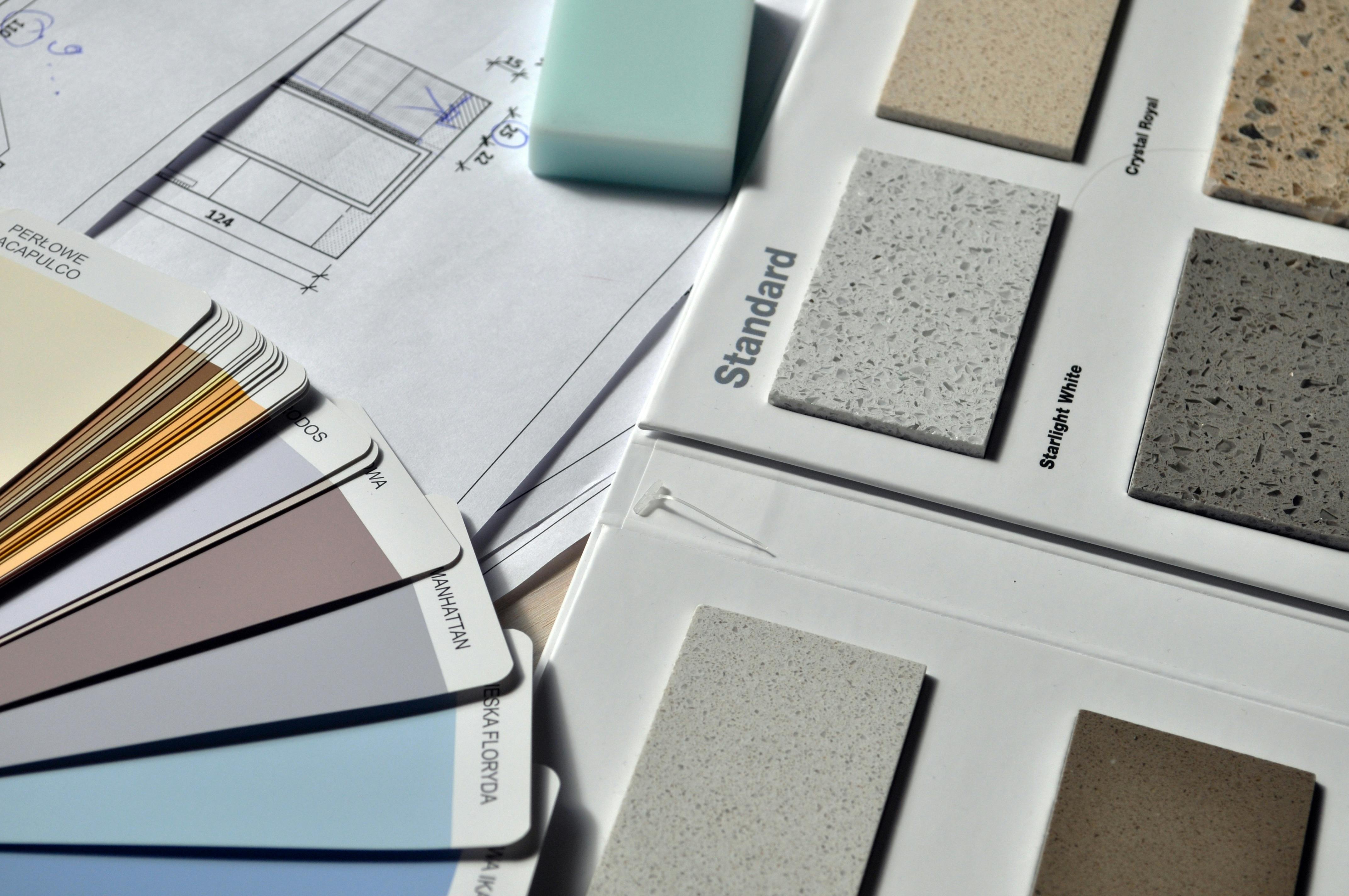Explore Ductless AC: Your Non-Invasive Solution for Efficient Cooling Without Major Renovations in 2025
As we approach 2025, homeowners and renters alike are seeking efficient, non-invasive cooling solutions that don't require extensive renovations. Ductless air conditioning systems have emerged as a popular choice, offering a blend of energy efficiency, flexibility, and ease of installation. This article delves into the world of ductless AC, exploring how these systems work, their benefits, and why they might be the perfect cooling solution for your space in the coming years.

How Do Ductless AC Systems Work?
Ductless AC systems, also known as mini-split systems, consist of two main components: an outdoor compressor unit and one or more indoor air-handling units. These units are connected by a small conduit that houses the power cable, refrigerant tubing, and condensate drain. The indoor unit circulates cool air directly into the room, eliminating the need for ductwork. This direct cooling method is not only efficient but also allows for precise temperature control in individual rooms or zones.
What Makes Ductless AC Non-Invasive?
The non-invasive nature of ductless AC systems is one of their most appealing features. Unlike central air conditioning, which requires extensive ductwork throughout the home, ductless systems only need a small hole (typically about 3 inches in diameter) to connect the indoor and outdoor units. This minimal structural impact makes ductless AC an excellent option for older homes, apartments, or any space where installing or modifying ductwork would be impractical or prohibitively expensive.
Ductless vs. Central AC: Key Efficiency and Installation Differences
When comparing ductless and central AC systems, several key differences stand out. Ductless systems are generally more energy-efficient, as they avoid the energy losses associated with ductwork, which can account for up to 30% of energy consumption in central AC systems. Installation is typically faster and less disruptive for ductless systems, often completed in a day or two. Central AC, while providing whole-home cooling, requires more extensive installation work and may not be suitable for all building types.
What Energy Efficiency Trends Can We Expect in 2025?
As we look towards 2025, ductless AC systems are expected to become even more energy-efficient. Manufacturers are focusing on improving SEER (Seasonal Energy Efficiency Ratio) ratings, with many models already surpassing the minimum requirements set by energy regulations. Smart home integration is another trend on the rise, allowing for more precise control and energy optimization through smartphone apps and voice assistants. Additionally, the use of eco-friendly refrigerants with lower global warming potential is becoming more prevalent in ductless AC systems.
Common Questions About Installing Ductless AC in Homes and Apartments
Many homeowners and renters have questions about installing ductless AC systems. One common concern is the aesthetic impact of indoor units. However, modern ductless systems are designed to be sleek and unobtrusive, with various mounting options to blend with your décor. Another frequent question is about the cooling capacity of ductless systems. Rest assured, these systems can effectively cool spaces ranging from single rooms to entire homes, depending on the number and capacity of indoor units installed.
Expert Insights: Maintenance Tips for Ductless Cooling Solutions
Proper maintenance is crucial for ensuring the longevity and efficiency of your ductless AC system. Experts recommend cleaning or replacing air filters monthly, keeping the outdoor unit free from debris, and scheduling professional maintenance at least once a year. These simple steps can significantly extend the life of your system, which typically ranges from 15 to 20 years with proper care. Regular maintenance also helps maintain peak efficiency, ensuring your system continues to provide optimal cooling while minimizing energy consumption.
| Provider | System Type | Cooling Capacity (BTU) | Estimated Cost Range |
|---|---|---|---|
| Mitsubishi | Mini-Split | 9,000 - 36,000 | $1,500 - $4,000 |
| Daikin | Multi-Zone | 18,000 - 48,000 | $3,000 - $7,000 |
| LG | Single Zone | 9,000 - 24,000 | $1,200 - $3,500 |
| Fujitsu | Ceiling Cassette | 12,000 - 48,000 | $2,500 - $6,000 |
Prices, rates, or cost estimates mentioned in this article are based on the latest available information but may change over time. Independent research is advised before making financial decisions.
Ductless AC systems offer a versatile, efficient, and non-invasive cooling solution that’s well-suited for a variety of living spaces. As we move towards 2025, these systems are poised to become even more advanced, with improved energy efficiency and smart home integration. Whether you’re looking to cool a single room or an entire home, ductless AC provides a flexible option that doesn’t require major renovations. By understanding how these systems work and their benefits, you can make an informed decision about whether ductless AC is the right choice for your cooling needs in the coming years.




